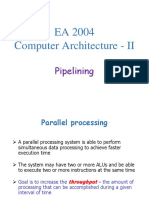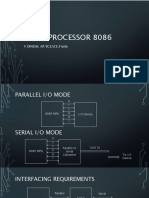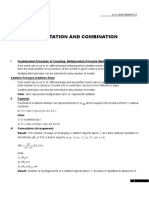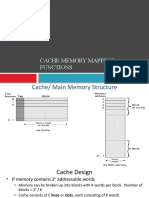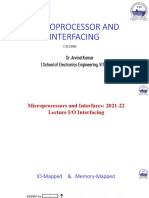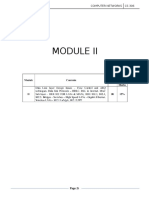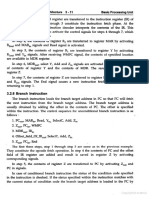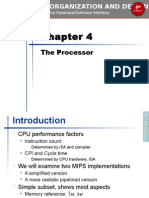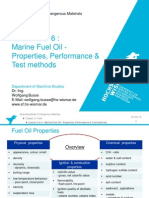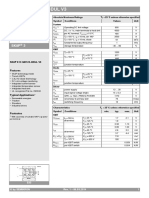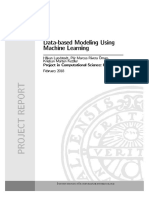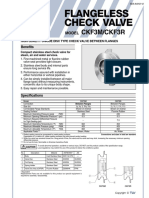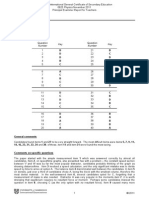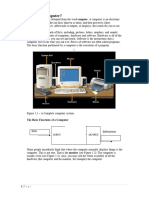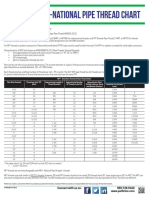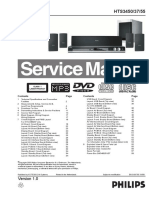0% found this document useful (0 votes)
322 views95 pagesChapter 04 Computer Architecture and D
This document describes the processor and how instructions are executed in a simplified MIPS implementation. It discusses the basic components of a CPU including the register file, ALU, multiplexers, and control unit. The document then shows how a datapath is built up incrementally to handle different instruction types like R-type, load/store, and branches. Control signals are derived from the instruction opcode to determine operations like ALU function. Finally, it notes that pipelining can be used to improve performance by allowing parallel execution of instructions.
Uploaded by
Pooja VashisthCopyright
© © All Rights Reserved
We take content rights seriously. If you suspect this is your content, claim it here.
Available Formats
Download as PPT, PDF, TXT or read online on Scribd
0% found this document useful (0 votes)
322 views95 pagesChapter 04 Computer Architecture and D
This document describes the processor and how instructions are executed in a simplified MIPS implementation. It discusses the basic components of a CPU including the register file, ALU, multiplexers, and control unit. The document then shows how a datapath is built up incrementally to handle different instruction types like R-type, load/store, and branches. Control signals are derived from the instruction opcode to determine operations like ALU function. Finally, it notes that pipelining can be used to improve performance by allowing parallel execution of instructions.
Uploaded by
Pooja VashisthCopyright
© © All Rights Reserved
We take content rights seriously. If you suspect this is your content, claim it here.
Available Formats
Download as PPT, PDF, TXT or read online on Scribd
/ 95
